The River That Ran Away From Paradise (Caño Cristales, Colombia)
This river looks like any other for much of the year, but in Colombia’s moderate months between June and November, when the water level is just right, it becomes a rainbow of vibrant reds, pinks and greens that looks like an underwater convergence of plants painted in bold acrylics. The red tones come from a fragile endemic plant by the name of Macarenia Clavigera that clings to the rocks at the bottom of the river, losing its colour if the water becomes too shallow and thriving when the water is just deep enough to catch the sunlight, which gives it its astounding vibrancy.
The best way to reach Caño Cristales is by flying to the remote town of La Macarena in the wild Orinoquía region of Colombia. But from there, the only way to the river is by either horse or foot, and you’ll need to be accompanied by a registered guide.


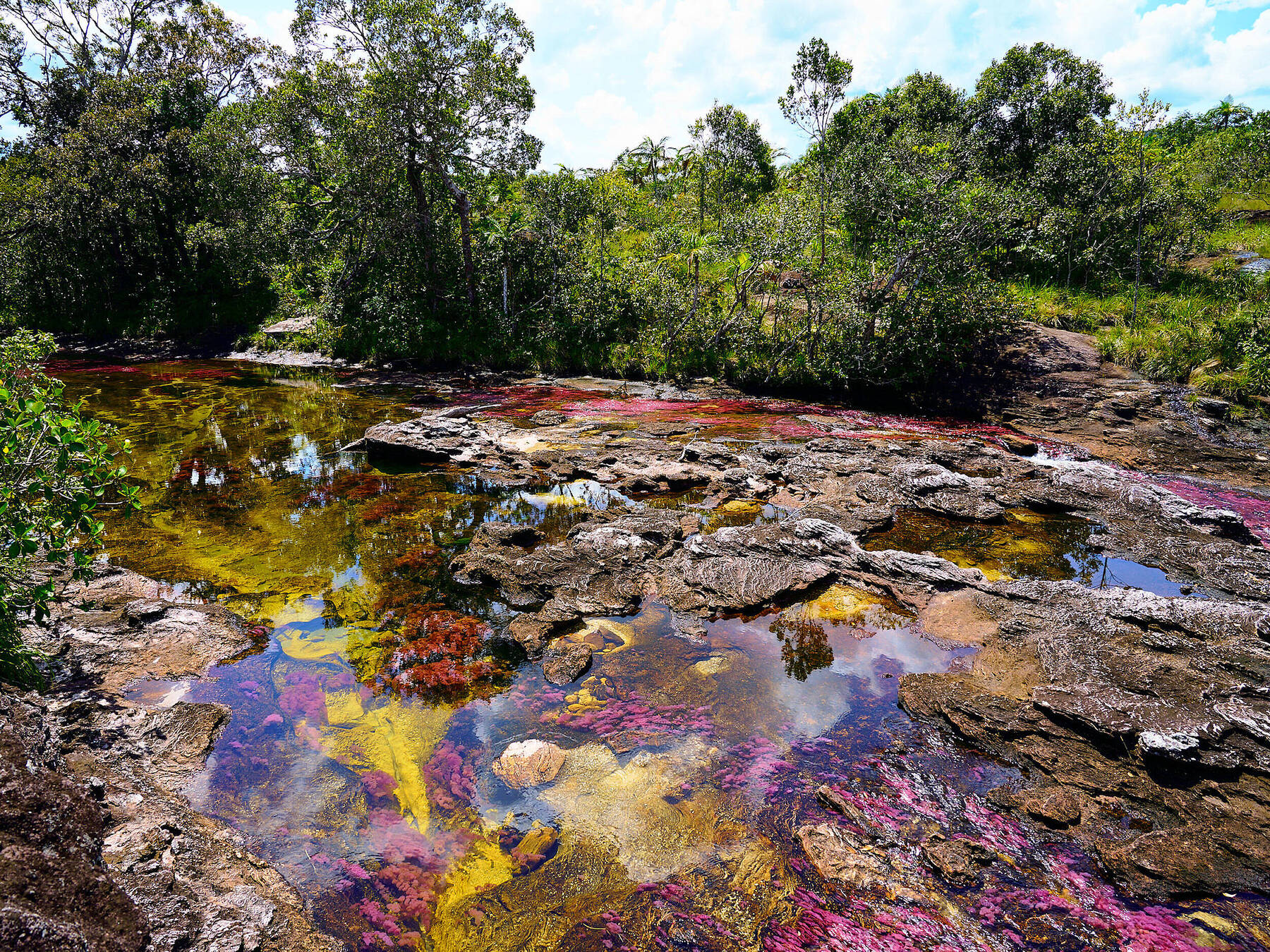
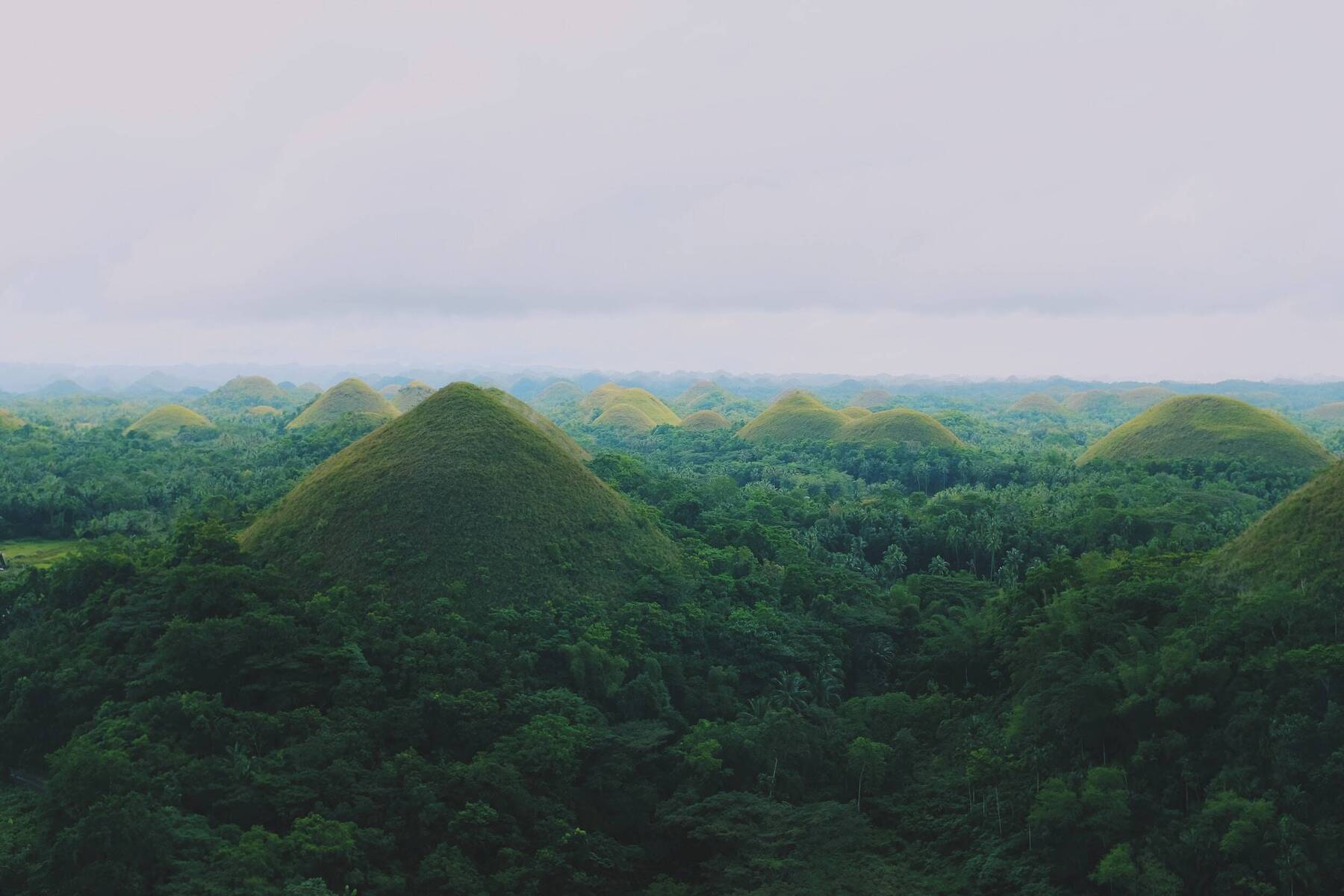
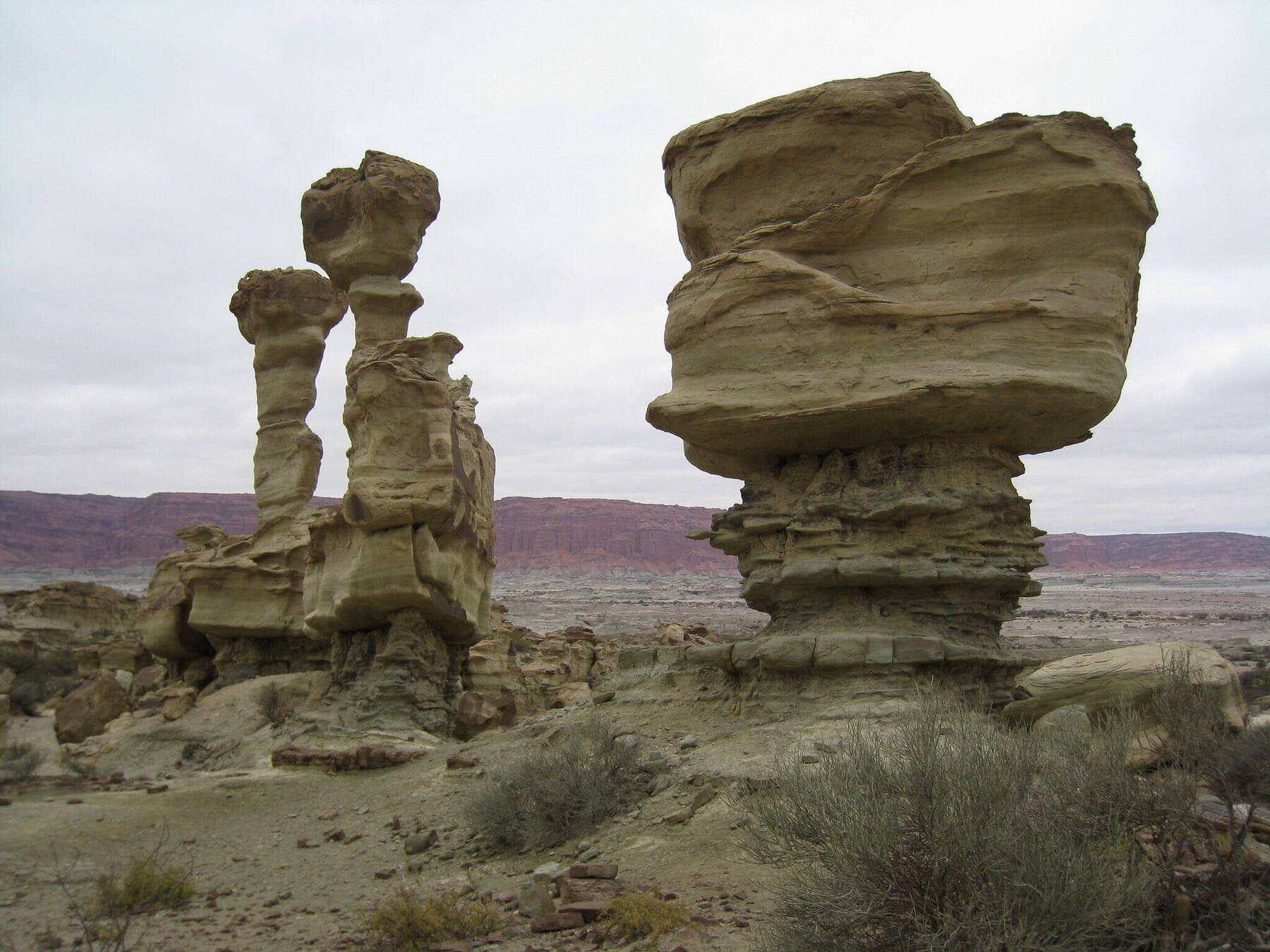
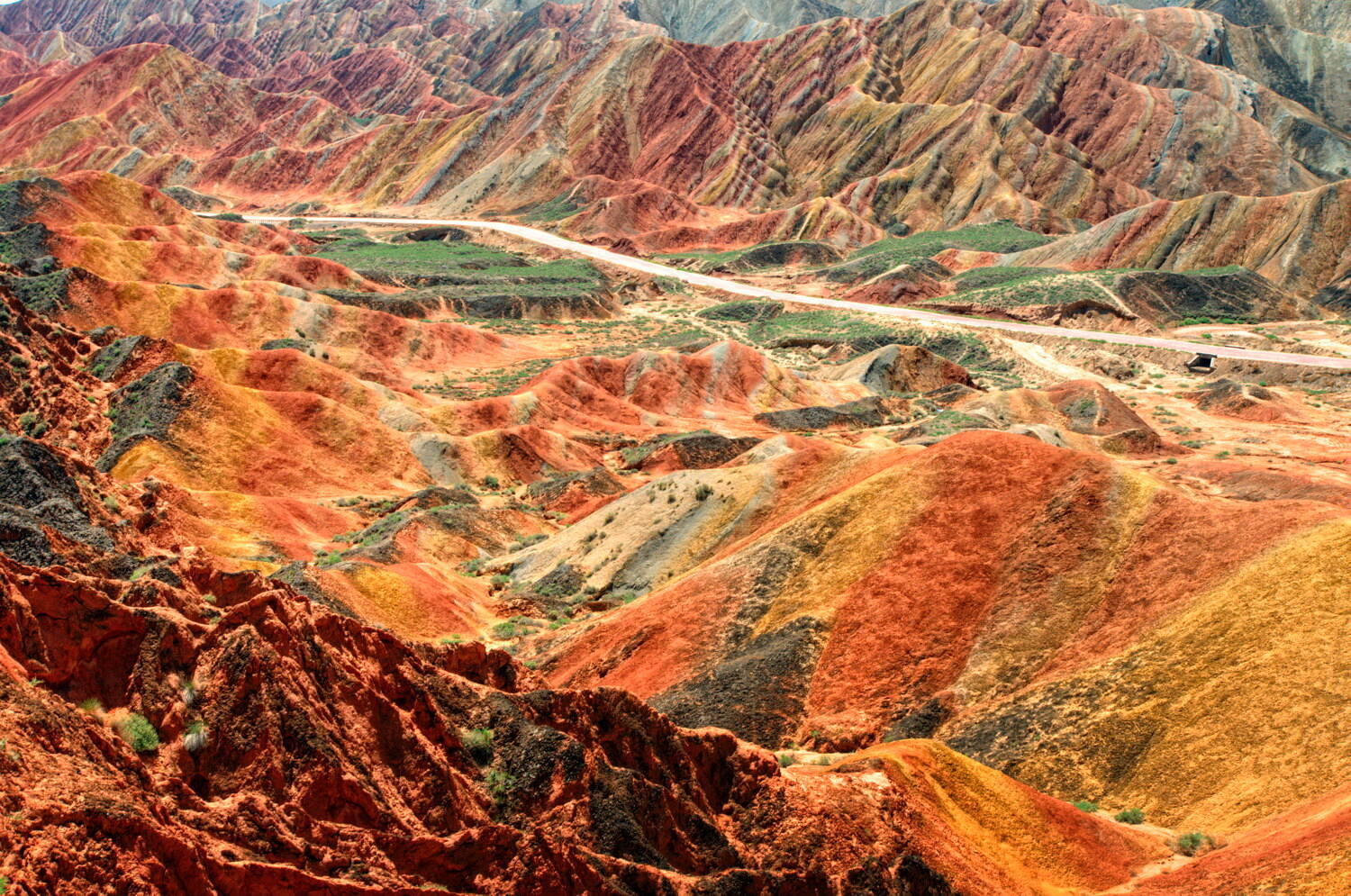
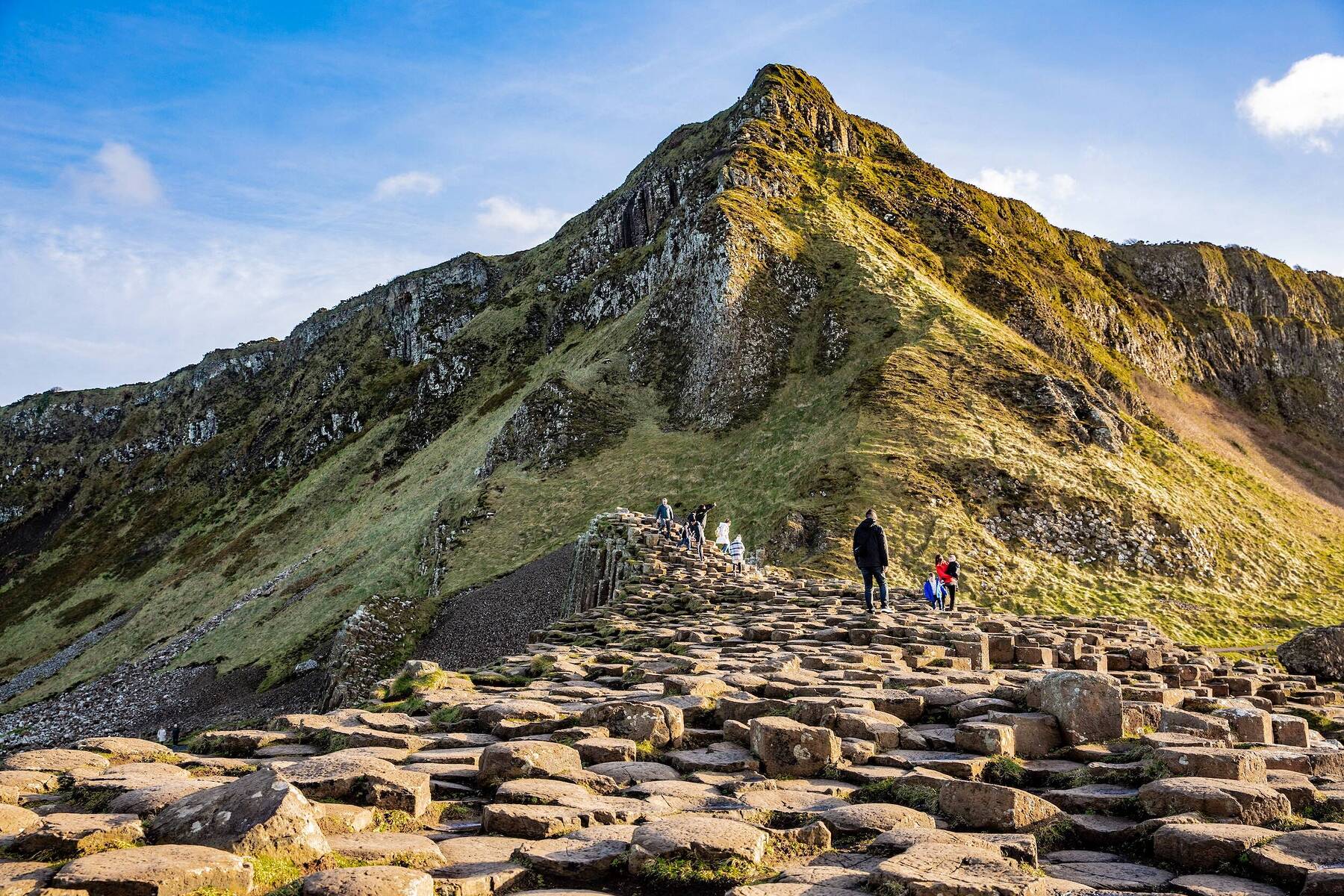
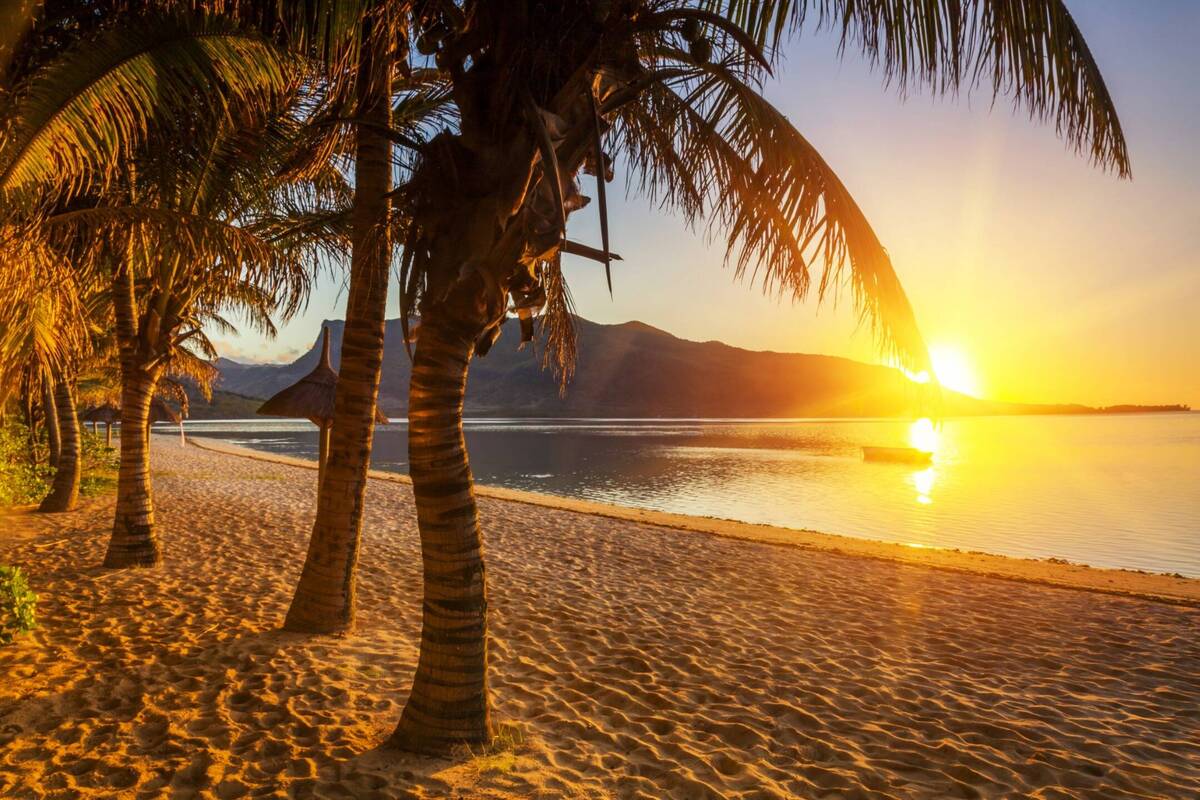















Comments